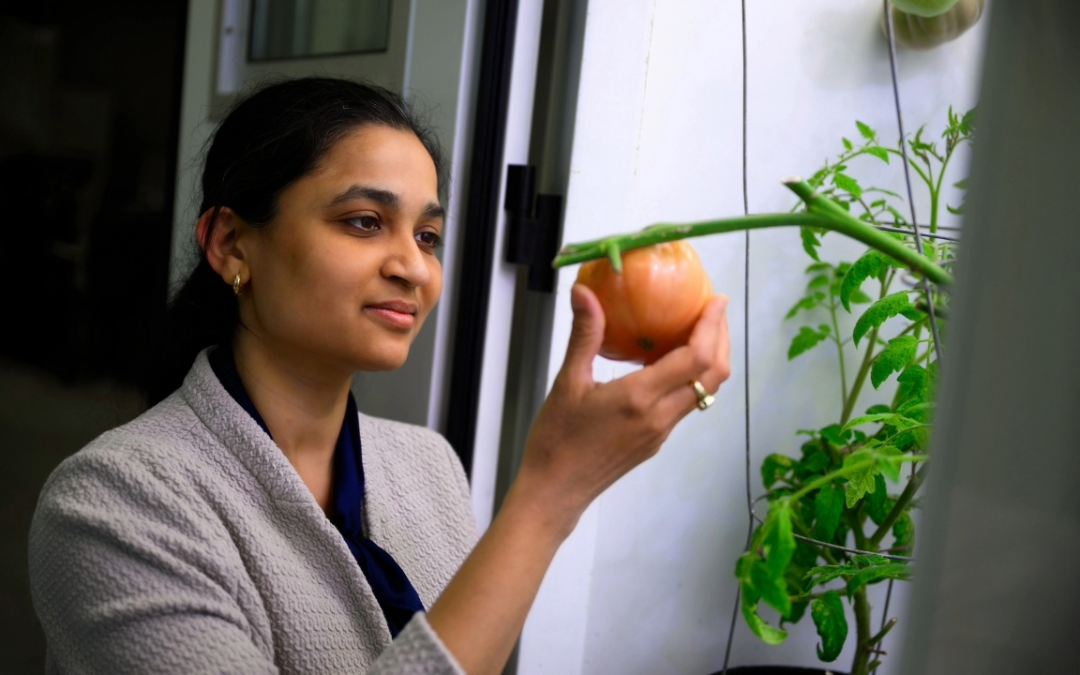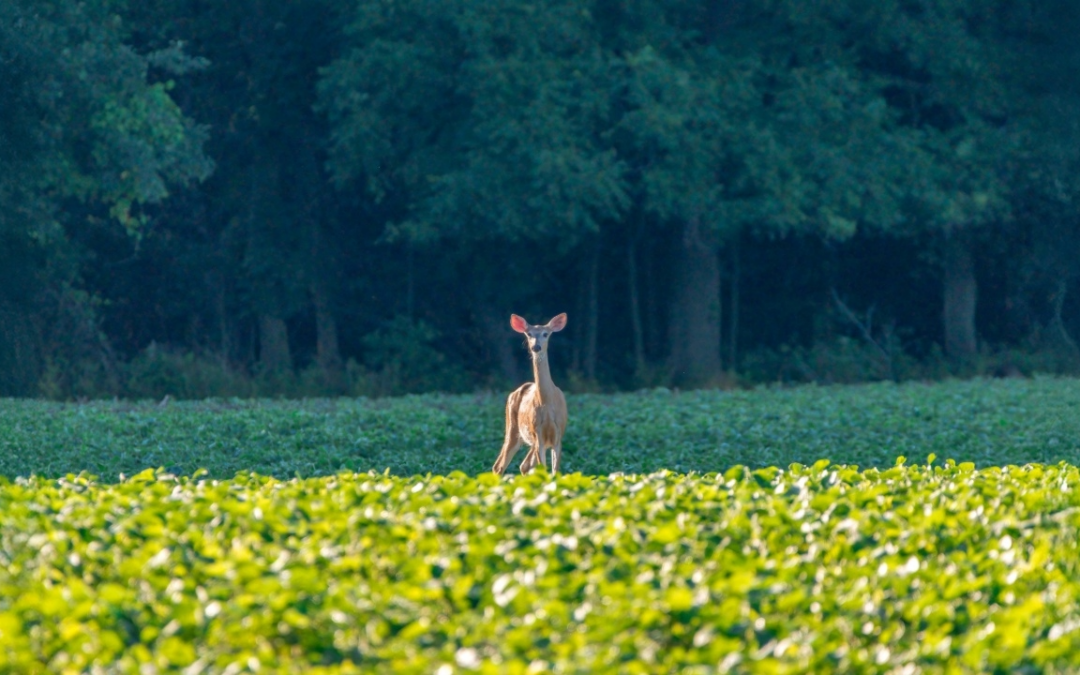Alabama’s $123 billion agriculture industry has identified land loss, profitability and transportation infrastructure among its most pressing challenges in a recent report. The findings of the report will inform Gov. Kay Ivey’s strategic economic growth plan, Catalyst, on the agriculture industry.
Social science researchers at Auburn University and Alabama Agricultural Experiment Station created the report by conducting focus groups with 115 agricultural leaders in 11 sectors of agriculture, including growers, producers, processors, manufacturers and lenders. The researchers also sought out socially disadvantaged farmers, growers and producers for their perspectives.
“One issue that was common across many sectors of agriculture was a desire for better transportation infrastructure,” said Kelli Russell, co-author of the report and assistant Alabama Extension professor.
Growers and producers specifically named rail infrastructure as a challenge. Inefficient or inaccessible rail networks means farmers must pay to transport their goods farther via costly semi trucks, which undermines profitability and leaves Alabama’s farmers less competitive than farmers elsewhere.
“Anytime that you’re tied to a faraway distance in providing a perishable good, you’re at the mercy of poor infrastructure,” said one farmer quoted in the report.
Midwestern farmers, by contrast, enjoy relatively cheaper and readily available water transport for their products. A typical 15-barge tow on the Mississippi River is equivalent to 1,000 semi trucks, creating an economy of scale that helps Midwestern farmers’ profitability.
Rail transport is the next closest competitor to barges for transporting agricultural commodities — and one that is feasible to expand in Alabama. A USDA study of rural transportation issues similarly concluded rail transport is “virtually the only cost-effective shipping alternative available for low-value, bulky commodities in rural areas that are distant from water transportation and markets.”
Farmers also identified a lack of storage for agricultural products at the Port of Mobile as an issue. The Port of Mobile is the second-fastest growing port in America, with plans to invest $1 billion in capital improvements over the next 10 years, according to the Alabama Port Authority. The report recommended additional new storage facilities to help farmers store commodities like poultry, grain and catfish for export. The investment in port storage would provide greater access to more lucrative international markets. Alabama currently is the second largest producer of poultry and catfish in the U.S.
Profitability was also identified as an overarching concern for Alabama growers and producers. The post-pandemic inflation affecting most Americans also impacts farmers by driving up the cost of seed, feed, fertilizers and other inputs. Because farmers are often unable to set the price of their products, the rising input costs are absorbed by the farmer rather than passed on to the consumer.
“I think the biggest thing is profitability,” said one farmer quoted in the report. “Why are you going to spend the resources and all your energy just to be at a breakeven point…”
Poultry, fruit, vegetable, nursery, greenhouse and other manual labor-intensive commodities also grapple with high labor costs and a general shortage of skilled labor. The report calls for expanded workforce development programs to fill the gap, such as vocational agriculture programs in high schools or credentialing programs at community colleges.
Other profitability issues include the skyrocketing cost of the specialized equipment farmers need, coupled with rising interest rates on loans. This has a pernicious effect on a farm’s overall resilience. Without access to capital to purchase new equipment, farmers are often wedded to the crops they can grow with the equipment they have. This prevents farmers from diversifying their crops, making them less resilient in the face of fluctuating commodity prices.
Agricultural leaders were also concerned about the loss of farmland to urban and suburban development. Between 2017 and 2022, Alabama lost 8% of its farms, according to the USDA Census for Agriculture. As Alabama’s metro areas grow, particularly Huntsville and Mobile, farmland is converted to more lucrative commercial and residential development. Farmers in those areas are concerned for their future as the metro areas spread.
The report calls for lawmakers to examine actions taken by other states that are also growing quickly to explore what policies that might be put in place to protect farmland and rural economies.
The report was commissioned by the Economic Development Partnership of Alabama and carried out by Russell and Mykel Taylor, both of the Department of Agricultural Economics & Rural Sociology at Auburn.
“This was a wonderful opportunity for Auburn University and our department to be involved in this process and help our stakeholders by providing a summary of their perspectives on the ag industry and where we could see economic growth,” said Russell.
Russell and Taylor credit the success of the project to the support of commodity groups in the state, including the Alabama Farmers Federation, Alabama Cattlemen’s Association, Alabama Agribusiness Council, and Alabama Poultry and Egg Association. These organizations identified participants for the focus group interviews on a tight timeline, said Russell.
The full report is available to the public and can be downloaded here.





